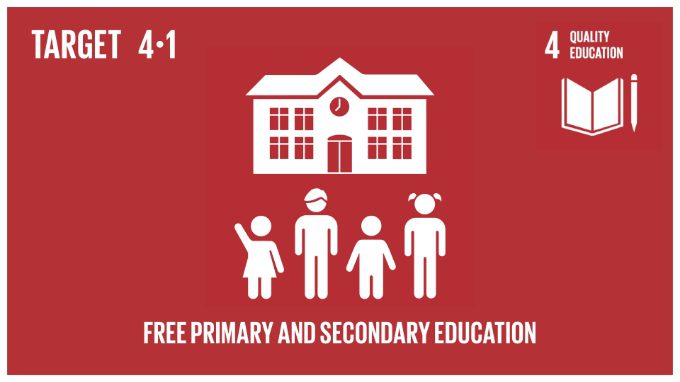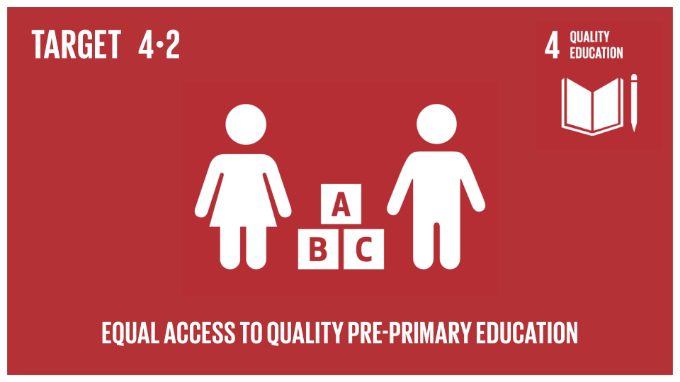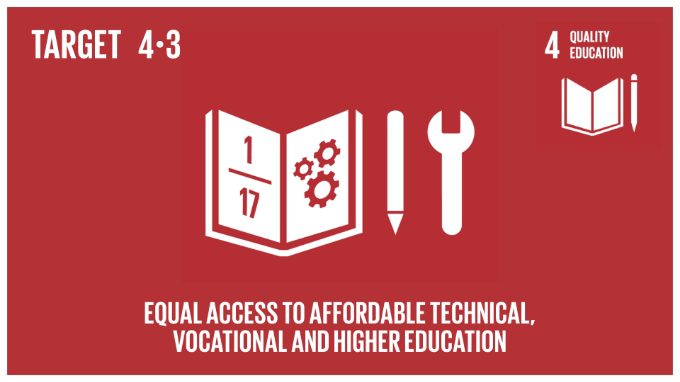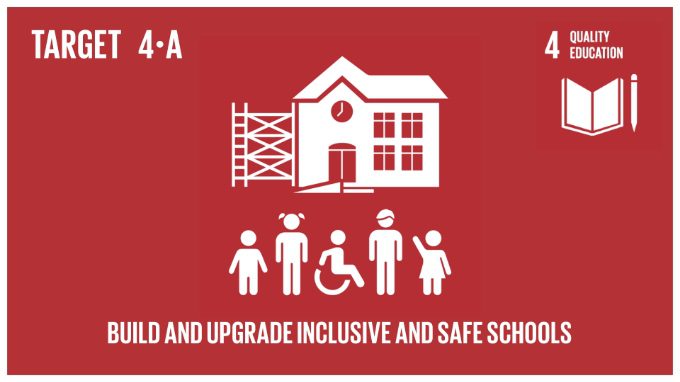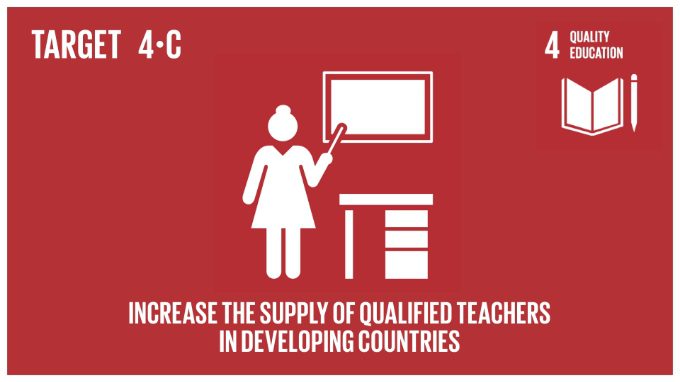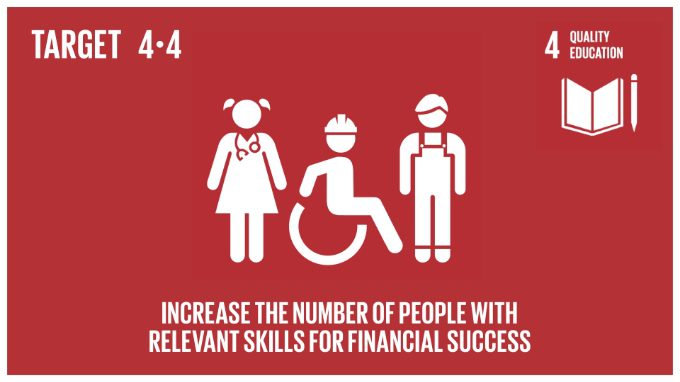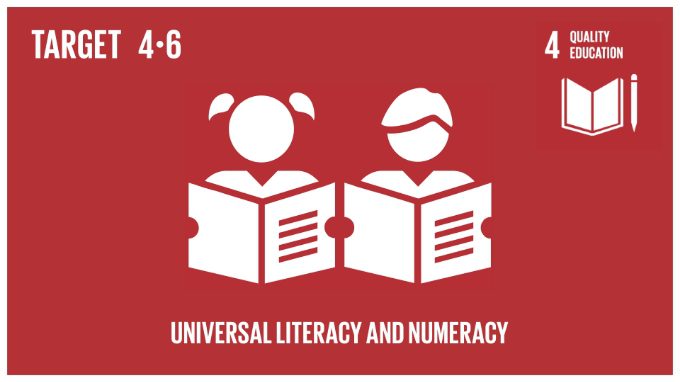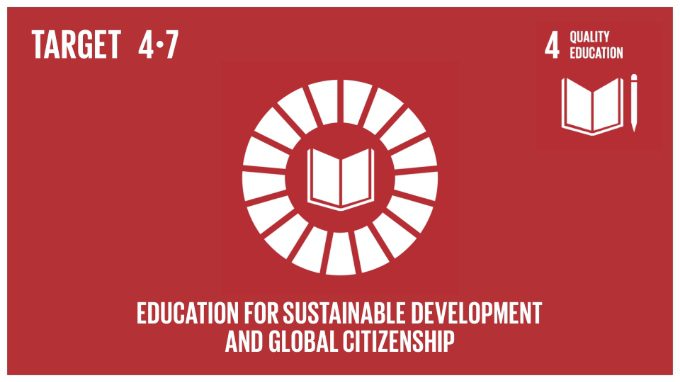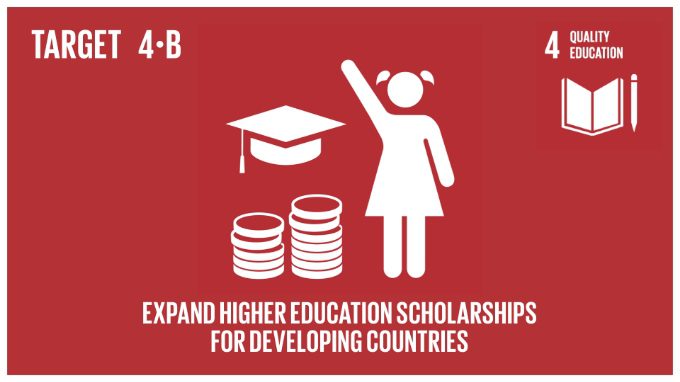Overview:
Education liberates the intellect, unlocks the imagination and is fundamental for self-respect. It is the key to prosperity and opens a world of opportunities, making it possible for each of us to contribute to a progressive, healthy society. Learning benefits every human being and should be available to all.
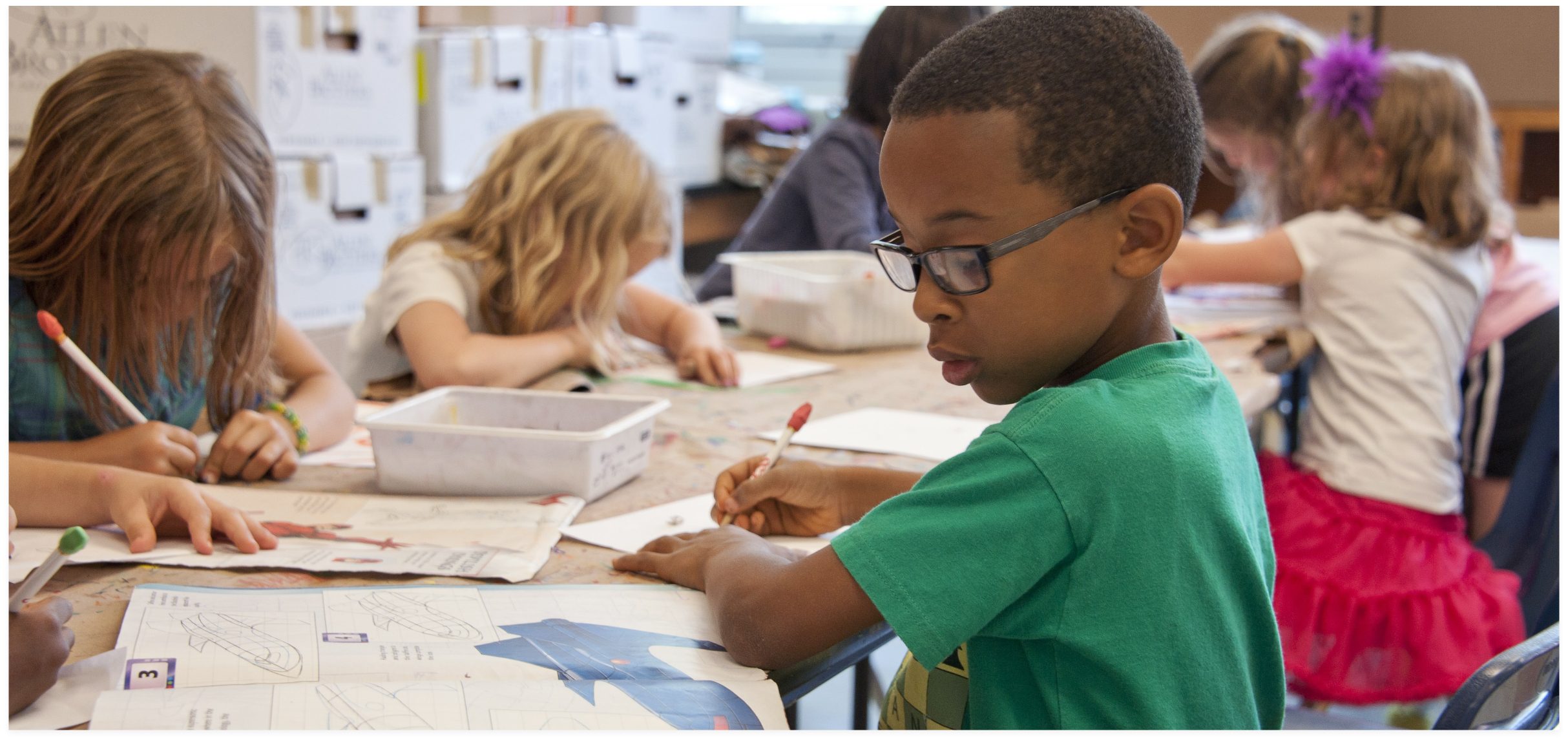
International Progress 2023:
Even before the COVID-19 pandemic, the world was already off-track to achieve its education targets. If no additional measures are taken, only one in six countries will meet SDG4 and achieve universal access to quality education by 2030.
An estimated 84 million children and young people will still be out of school and an estimated 300 million students will still not have the basic numeracy and literacy skills they need to succeed in life. To deliver SDG4, education systems must be re-imagined, and education financing must become a priority national investment.
Targets —
-

Target 4.1
Between 2015 and 2021, the school completion rate increased from 85% to 87% in primary, from 74% to 77% in lower secondary and from 54% in 2015 to 58% in upper secondary education. Even before the onset of COVID19, these rates had slowed down relative to progress in 2010–15. Looking closely at reading levels at the end of primary school, for which trend data cover 34% of the world’s children, the analysis shows that global learning levels showed no progress between 2015-2019. Furthermore, learning losses due to COVID-related school closures have been documented in 4 out of 5 of the 104 countries that have carried out such studies.
-

Target 4.2
Participation rate in organised learning one year before the official primary entry age has stagnated at around 75% since 2015, still far from the target of ensuring that all girls and boys have access to quality pre-primary education by 2030.
-

Target 4.3
Among 131 countries with data from 2017 onwards, on average approximately one in six youth and adults aged 15-64 recently participated in formal or non-formal education and training. Participation is substantially higher among youth aged 15-24 (40%-50%), compared to those aged 25-55 (only 5% for most regions).
-

Target 4.a
Basic school infrastructure is far from universal. In 2020, approximately a quarter of primary schools globally will not have access to basic services such as electricity, drinking water and basic sanitation facilities. For other facilities such as computer facilities and the provision of disability adapted infrastructure, figures are substantially lower, with around 50% of primary schools with access.
-

Target 4.c
Globally, in 2020, over 14% of teachers are still not qualified according to national norms, with little improvement since 2015.
Ireland’s
Progress 2023:
Ireland provides free third-level education, and has an excellent programme called DEIS (Delivering Equality of Opportunity in Schools). The DEIS programme is the Department’s main policy initiative to respond to educational disadvantage. The DEIS programme focuses on targeting additional resources to those schools included in the programme to ensure every child has an equal opportunity to achieve their potential. Some of the supports that schools in DEIS get are home-school community liaison support to build a positive relationships between the student’s home and school lives and an enhanced school book grant rate to ease the financial burden on families and schools.
The refined DEIS identification model being applied for schools in 2022 now includes components to reflect the levels of educational disadvantage experienced by students who have self-identified as Traveller or Roma, students in direct provision centres and students who are experiencing homelessness. From 2024, the Hot Meals programme will begin to be rolled out to all primary schools. However, attainment gaps between DEIS and non-DEIS schools at primary level remain, and Programme for International Student Assessment (PISA) score is stagnating. The percentage of variation in science performance explained by students’ socio-economic status has worsened over time, and we are underachieving in terms of youth science. The national housing crisis is negatively affecting educational outcomes as students struggle to find accommodation and often have to commute long distances.
Targets —
-

By 2030, ensure that all girls and boys complete free, equitable and quality primary and secondary education leading to relevant and effective learning outcomes.
CSO data
Claim: Achieving
4.1.1 In second class there were more boys (6.5%) than girls (3.8%) with reading proficiency levels below Level 1 in 2014. In sixth class there were more boys (6.2%) than girls (4%) with reading proficiency levels below Level 1. Ireland’s Progress in International Reading Literacy Study (PIRLS) shows the percentage of pupils reaching the intermediate, high and advanced benchmarks in 2016 are all significantly higher than the corresponding percentages in 2011. Student performance on PISA reading literacy in Ireland is characterised by an above-average percentage (12.1%) of high performers (Level 5 and 6), and a small below-average percentage (11.8%) of low performers (below Level 2); there are significantly fewer low performers (Level 1 and below) and more high performers (Levels 5 and 6) in Ireland than on average across OECD countries. Ireland’s mean score on the overall mathematics scale is 499.6 and this is significantly higher than the OECD average of 489.3.
4.1.2 In 2019, 22% of people aged 25-64 years had upper secondary education while 15% had post leaving certificate education. Third level education had been achieved by 46% of people aged 25-64 years, with 10% having an ordinary degree, 22% with an honours degree and 13% with postgraduate qualifications. Females were more likely to have third level education. An honours degree was held by 24% of women aged 25-64 years compared with 21% of men, while 14% of women had a post graduate qualification compared with 12% of men.
4.1.1
Proportion of children and young people: (a) in grades 2/3; (b) at the end of primary; and (c) at the end of lower secondary achieving at least a minimum proficiency level in (i) reading and (ii) mathematics, by sex.
4.1.2
Completion rate (primary education, lower secondary education, upper secondary education).
-

By 2030, ensure that all girls and boys have access to quality early childhood development, care and pre-primary education so that they are ready for primary education.
CSO data
Claim: Achieving
4.2.1 According to the ‘Growing up in Ireland – Development form Birth to Three Years Report’, the vast majority of three year olds were reported to be in good health. Almost 98% were described as healthy or very healthy by their parents.
4.2.2 Girls aged 4 years were slightly more likely than boys to be in full-time education but there was very little difference at age 5 years.
4.2.1
Proportion of children aged 24-59 months who are developmentally on track in health, learning and psychosocial well-being, by sex
4.2.2
Participation rate in organized learning (one year before the official primary entry age), by sex.
-

By 2030, ensure equal access for all women and men to affordable and quality technical, vocational and tertiary education, including university.
CSO data
Claim: Achieving
4.3.1 In 2017 just under one in ten people (8.6%) aged 25-64 years had participated in formal educational activity in the last 12 months. About five in ten (49.5%) 25–64-year-olds had taken part in non-formal educational activity in the previous 12 months. Over half (53.9%) of 25-64 year olds had taken part in lifelong learning in the previous 12 months while just over six in ten (62.1%) had participated in an informal educational activity.
4.3.1
Participation rate of youth and adults in formal and non-formal education and training in the previous 12 months, by sex
-

By 2030, substantially increase the number of youth and adults who have relevant skills, including technical and vocational skills, for employment, decent jobs and entrepreneurship.
CSO data
Claim: Achieving
4.4.1 In 2019, 13% of 16-24 year olds show a course online, over one fifth (21%) used online learning material other than a complete online course, and 14% communicated with instructors or students using educational websites or portals.
4.4.1
Proportion of youth and adults with information and communications technology (ICT) skills, by type of skill
-

By 2030, eliminate gender disparities in education and ensure equal access to all levels of education and vocational training for the vulnerable, including persons with disabilities, indigenous peoples and children in vulnerable situations.
CSO data
Claim: Achieving
4.5.1 There was a gender disparity (value 0.9) in numeracy for PIAAC 2012. This survey also showed a socio-economic disparity (value 0.8) for literacy and numeracy. The PISA 2018 study of lower secondary school showed a socio-economic disparity (value 0.8) for minimum proficiency in reading and mathematics also.
Measuring what matters
4.5.1 Attainment gaps between DEIS and non-DEIS schools at primary level remain. report by the Educational Research Centre – Ireland’s National Assessments of Mathematics and English Reading 2021: A focus on achievement in urban DEIS schools – examined the mathematics and English achievement of pupils in urban DEIS schools. Findings show that at both Second and Sixth class, pupils in Urban Band 1 schools had significantly lower levels of achievement than their counterparts in Urban Non-DEIS schools. The achievement gap is considered large (based on measures of effect size). Nonetheless, the achievement gap at Second class between average reading scores in Urban Non-DEIS schools and Urban Band 1 schools reduced a little between 2014 and 2021, although the change was not statistically significant. Source: Social Justice Ireland; https://www.erc.ie/wp-content/uploads/2023/05/B23572-NAMER-DEIS-report-Online.pdf
4.5.1
Parity indices (female/male, rural/urban, bottom/top wealth quintile and others such as disability status, indigenous peoples and conflict affected, as data become available) for all education indicators on this list that can be disaggregated
-

By 2030, ensure that all youth and a substantial proportion of adults, both men and women, achieve literacy and numeracy.
CSO data
Claim: Achieving
4.6.1 In 2019, 22% of people aged 25-64 years had upper secondary education while 15% had post leaving certificate education. Third level education had been achieved by 46% of people aged 25-64 years, with 10% having an ordinary degree, 22% with an honours degree and 13% with postgraduate qualifications. Females were more likely to have third level education. An honours degree was held by 24% of women aged 25-64 years compared with 21% of men, while 14% of women had a post graduate qualification compared with 12% of men.
4.6.1
Proportion of population in a given age group achieving at least a fixed level of proficiency in functional (a) literacy and (b) numeracy skills, by sex
-

By 2030, ensure that all learners acquire the knowledge and skills needed to promote sustainable development, including, among others, through education for sustainable development and sustainable lifestyles, human rights, gender equality, promotion of a culture of peace and non-violence, global citizenship and appreciation of cultural diversity and of culture’s contribution to sustainable development.
CSO data
Claim: Achieving
4.7.1 At a national level, information relating to SDG 4.7.1 is outlined in the Department of Education and Skills (DES) ‘National Strategy on Education for Sustainable Development in Ireland, 2014-2020. It provides a framework to support the contribution that the education sector is making and will continue to make towards a more sustainable future at a number of levels: individual, community, local, national and international. This strategy is primarily influenced by the national strategy on sustainable development, Our Sustainable Future – A Framework for Sustainable Development in Ireland, which was published by the Department of the Environment, Community and Local Government in 2012.
4.7.1
Extent to which (i) global citizenship education and (ii) education for sustainable development, including gender equality and human rights, are mainstreamed at all levels in: (a) national education policies, (b) curricula, (c) teacher education and (d) student assessment
-

Build and upgrade education facilities that are child, disability and gender sensitive and provide safe, non-violent, inclusive and effective learning environments for all.
CSO data
Claim: Achieving
4.a.1 Close to 100% of lower and upper secondary schools in 2017 had access to electricity
4.a.1
Proportion of schools offering basic services, by type of service
-

By 2020, substantially expand globally the number of scholarships available to developing countries, in particular least developed countries, small island developing States and African countries, for enrolment in higher education, including vocational training and information and communications technology, technical, engineering and scientific programmes, in developed countries and other developing countries.
CSO data
Claim: Achieving
4.b.1 In 2019, expenditure on fellowships was €4,026,719.
4.b.1
Volume of official development assistance flows for scholarships by sector and type of study
-

By 2030, substantially increase the supply of qualified teachers, including through international cooperation for teacher training in developing countries, especially least developed countries and small island developing States.
CSO data
Claim: Achieving
4.c.1 In 2018/2019 the vast majority of staff working directly with children (94%) had qualifications at Level 5 National Framework of Qualifications (NFQ) or higher (See Background Notes for NFQ details). Over two thirds (67%) had qualifications at NFQ Level 6 or higher. The proportion of staff with NFQ Level 7 qualifications and above increased in recent years with one in four staff now holding a qualification at NFQ Level 7 or higher.
4.c.1
Proportion of teachers with the minimum required qualifications, by education level



